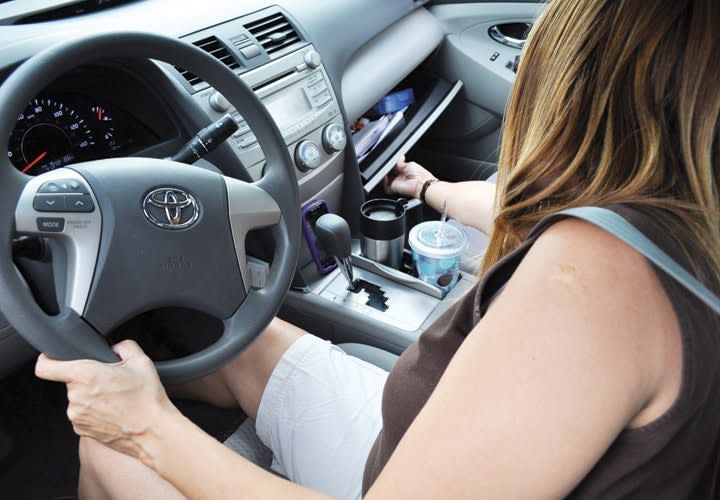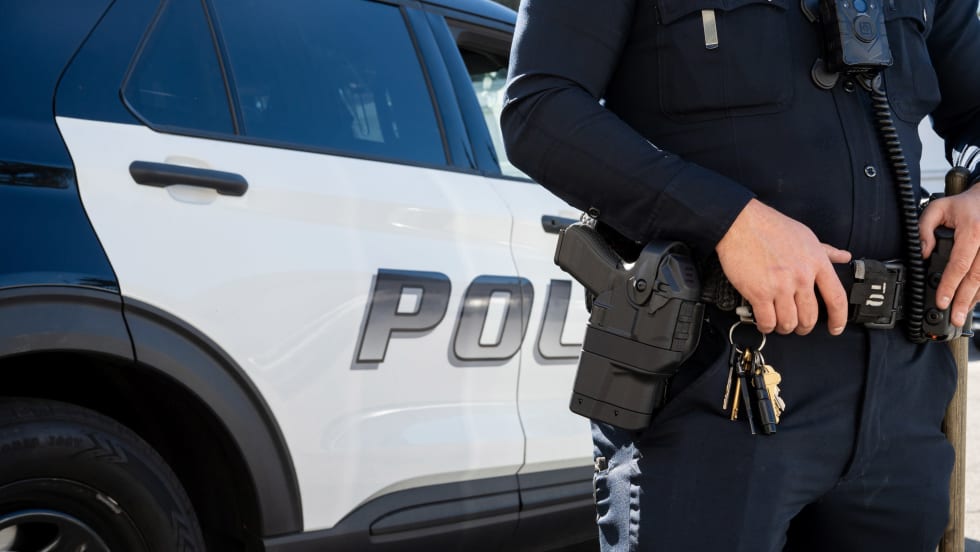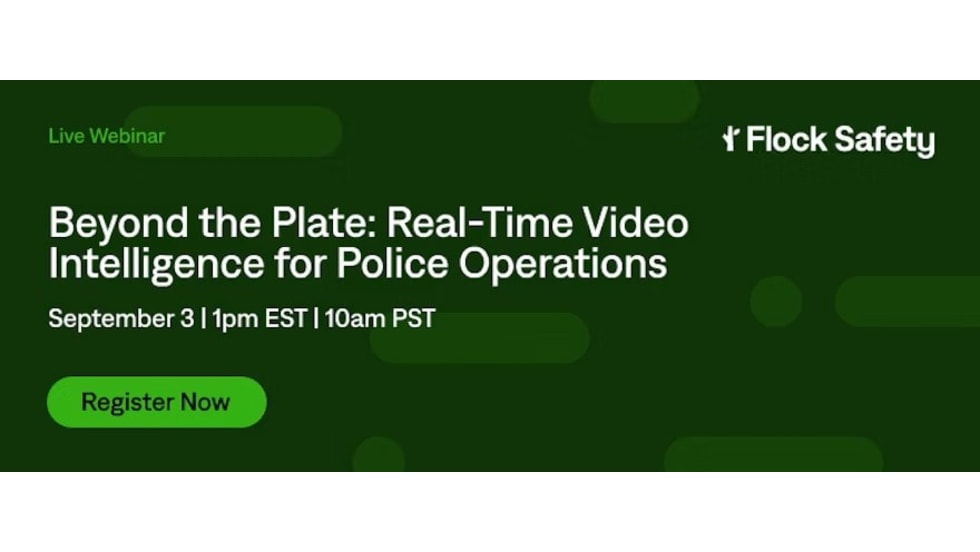9. Look for two cars traveling together. In most cases a lower level person is employed to drive the load car and the higher level person will drive the chase car. You'll spot the chase car coming up close every once in a while to check and see if everything is all right. It’s the same principle as the suspect who always touches his concealed gun to make sure it’s still there; it's a subconscious act.
10. Look for the small details when searching. Pay close attention to the areas of the car that can be used as potential hiding spots. Look for newer screws or bolts mixed with older ones. Look for creases in carpeting. Look for bulges in seats and headliners. Look for plastic pieces that don't quite line up.
11. Many traffickers try to mask odors. They will use large amounts of air freshener or perfume or smoke cigarettes to do so, especially right before the stop.
12. In lieu of religious paraphernalia, sometimes drug traffickers will plaster law enforcement stickers and slogans on their cars. This may include decals from different law enforcement associations, booster stickers, police shields, or sheriff's star decals. A couple quick questions should help you determine whether they are supporters or posers. For example, simply ask what the fee was to join one of the associations featured on a displayed sticker.
13. Multiple cell phones are another good clue. Many times there are different levels of leadership checking in on the package being transported; for example, the guy in charge where the load-car left from and the new guy in charge of accepting delivery when they arrive at their destination.












